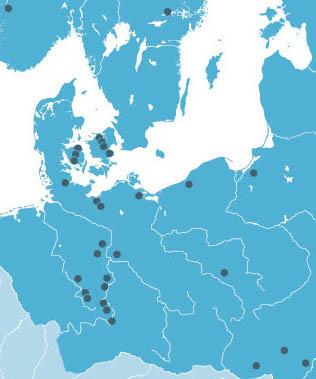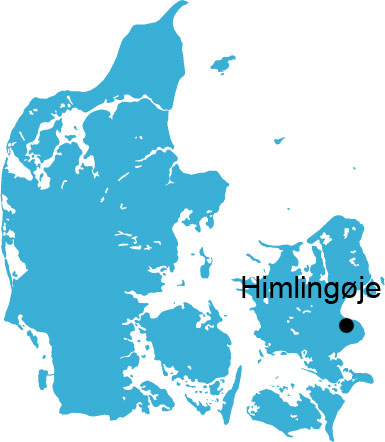The network of power
The furnishings of the princely graves of the third century are highly uniform, even though the graves are widely distributed over northern Europe. There were rules for the objects that could be buried with the deceased. The fine table service for banquets and feasts recurs in all the graves. If a powerful man wanted to keep his allies, he had to entertain his guests well. His network of faithful supporters was vital. The close bonds were reinforced by big banquets and by distributing costly gifts.
Thisgold ringofso-called"snake head" type, decorated withstylisedsnakeorwormheadswere mounted onthe fingerofa richprincewho livedin thefirst half of thethirdcentury AD.He wasabout 25-30 yearsold when hedied,andwas buriedinHimlingøjeon Stevns. He was buried with some very costly Roman equipment, a drinkserviceofbronze, twopaintedglass cups, buckles, jewelry, a combandarrowheadsof bone,evena goldfinger ringand abraceletofgold.


